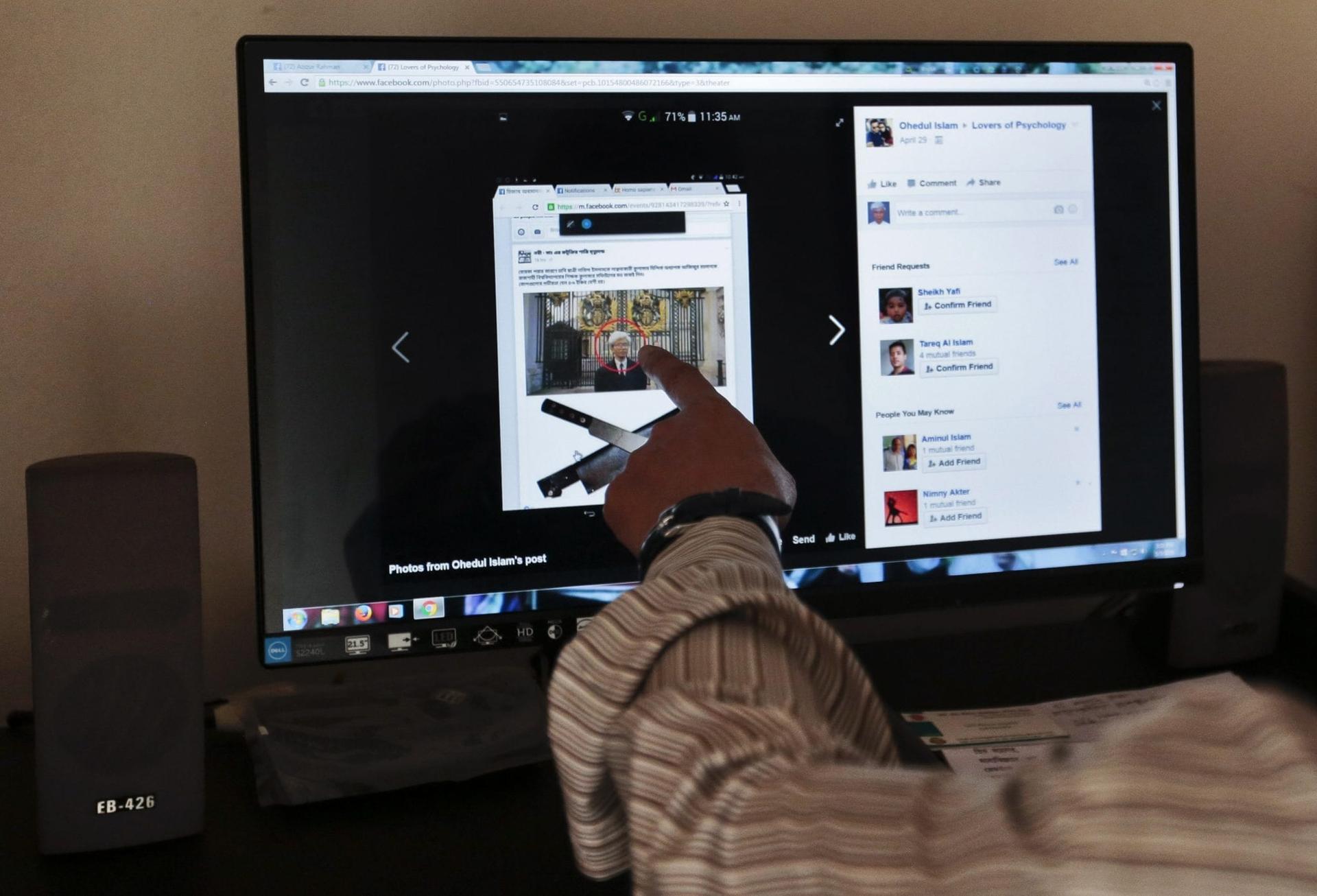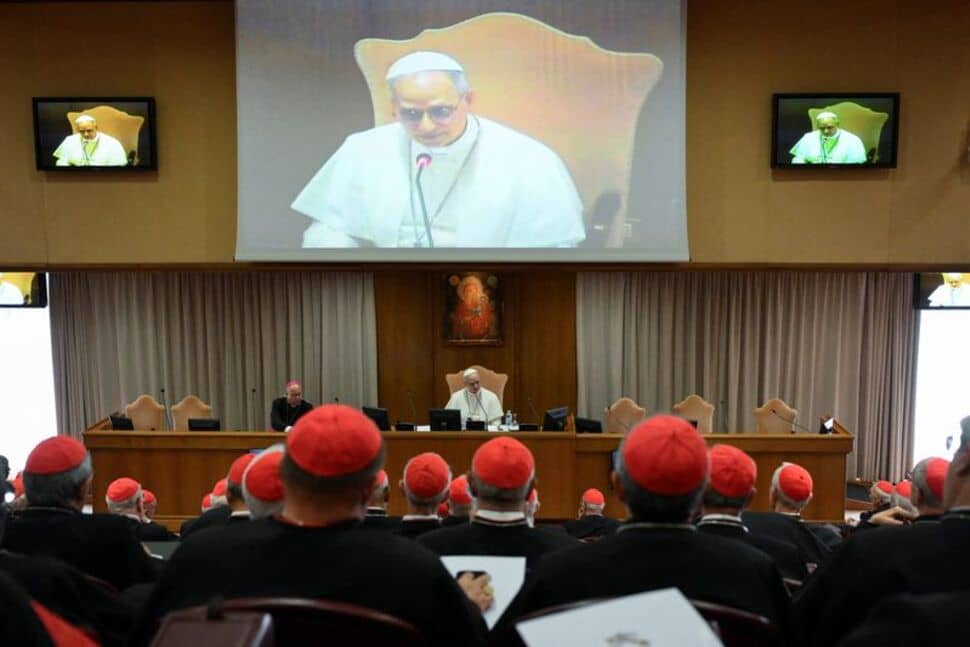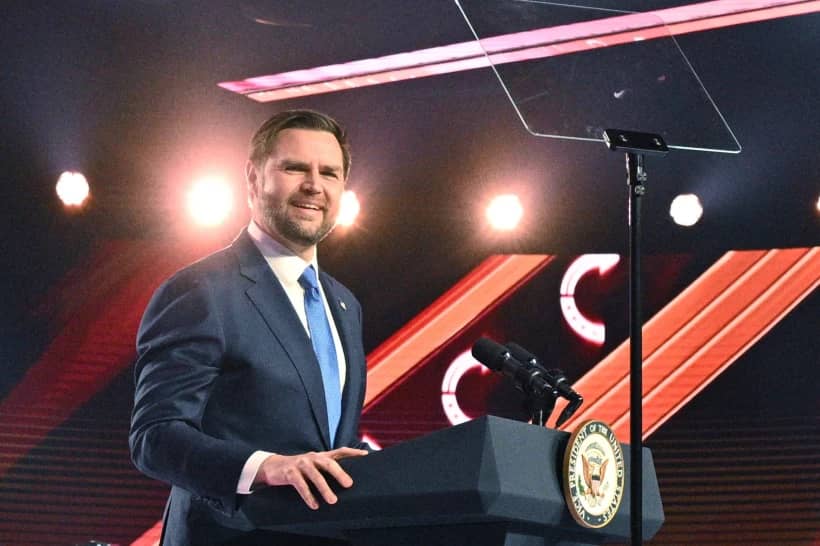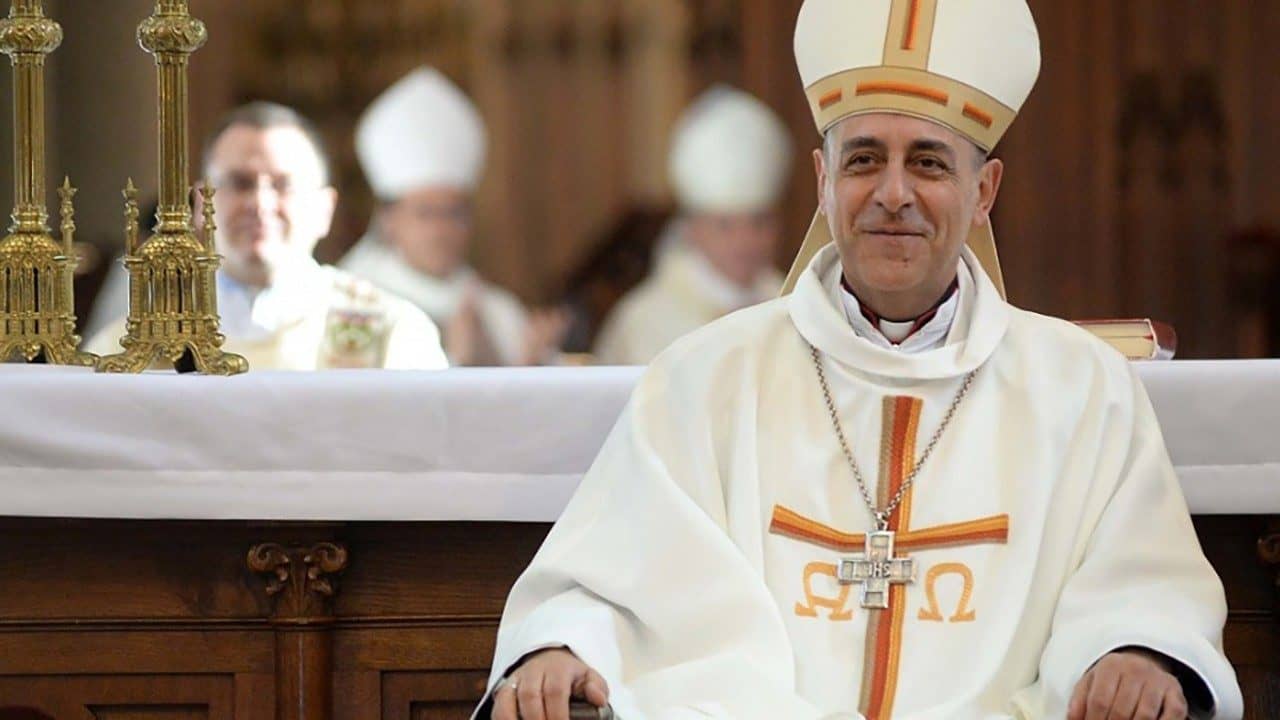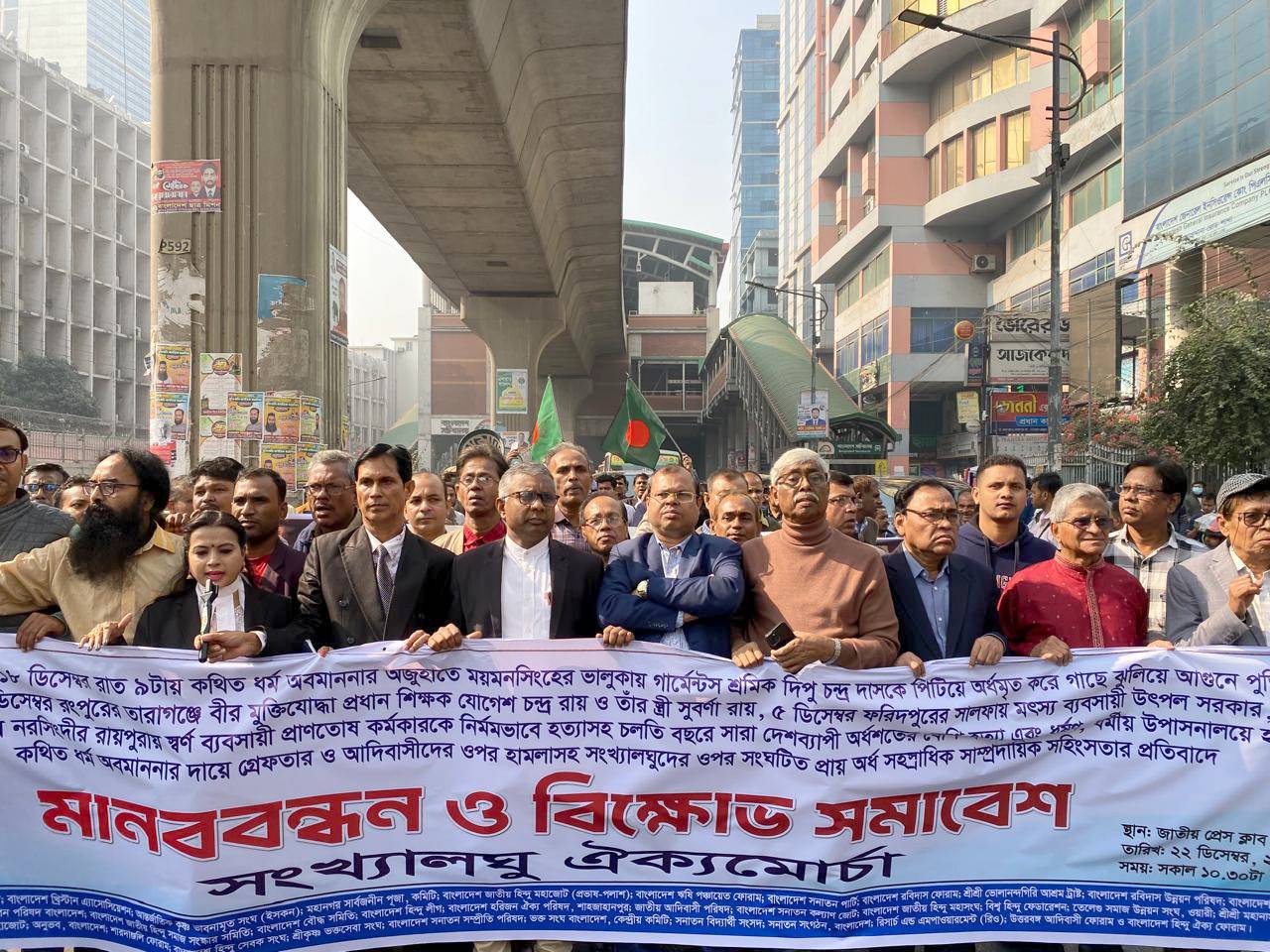ROME – Once in a while I end up giving talks at one event or another in Rome, and in early June I found myself at one co-hosted by the Vatican embassies of the UK and Hungary along with the Vatican’s Dicastery for Communications, with the topic being social media and its impact on Catholic debate.
I was joined by Vania De Luca, who covers the Vatican for RAI, Italy’s state-funded TV network, on a panel moderated by Andrea Tornielli, a veteran Vatican journalist who recently joined Pope Francis’s team as the Vatican’s editorial director. My job was to talk about coping with polarization in America.
To set up the discussion, I noted that in the United States, arguably the dominant sociological trend over the last forty years or so has been voluntary segregation. Every bit of data we have shows that more and more, Americans live, work, worship and recreate with people who think like themselves.
We have become a nation of gated communities, of both the physical and virtual sort.
Another insight confirmed by sociological research is that heterogenous environments tend to moderate opinions, as people look for a modus vivendi amidst diversity, while homogenous atmospheres radicalize views. In effect, we’re reaping the consequences of the gated community option today.
The result, by the way, isn’t just polarization. Frankly, things would be a lot easier if everyone were clustered into two massive groups, “left” and “right.” Reality, however, is more akin to tribalization: In the Church, we’ve got reform Catholics, neocon Catholics, pro-life Catholics, liturgical traditionalist Catholics, social justice Catholics, etc., etc., none of whom usually spend a great deal of time getting to know and understand the other.
In Catholic terms in America, I told the panel discussion, that long-term trajectory recently has been complicated by two factors.
The first is that Catholics in America have not one but two larger-than-life figures who tend to polarize opinion: President Donald Trump and Pope Francis. They may represent wildly different backgrounds and outlooks, but they have in common the fact that they leave almost no one indifferent.
The second aggravating factor is the rise of social media. (Full disclosure: Asking me to talk about social media is a bit like asking a Red Sox fan to discuss the Yankees.)
There are numerous positive counterexamples, but overall, I believe social media is a cancer. I see it poisoning public discourse and dumbing us down by enticing people to form insta-opinions about everything, well before they’ve possibly had time to think for themselves. Social media is a weird parallel universe where snark is rewarded over smarts, speed over depth, and where influence (and “influencers”) rarely correlate with insight.
Anybody who spends time in the Catholic social media sphere will recognize that those trends are very much present. While the Church purports to be an evangelizer of culture, quite often it’s also evangelized by culture, and social media is a leading case in point.
If I had a galactic reset button to carry us back to a pre-social media age, I’d be sorely tempted to use it. However, such an option doesn’t exist. We’re fated to live in this hyper-tribalized, über-acrimonious age, so what do we do about it?
I have no magic wand, but I did tell the panel the one thing that’s worked in my experience over the years in terms of breaking through tribal divides, or, at least, relativizing them: Friendship.
I’ve known people over the years who once looked upon a particular individual, group, current or faction as the enemy – as irretrievably, almost cartoonishly evil – and later came to have a more appreciative, less black-and-white outlook. They still may not have agreed with the “other,” but they no longer demonized it.
In each case, it wasn’t a sermon or an exhortation that did the trick, not a papal message nor a program in school. It was that somehow, usually through an odd and unforeseeable combination of circumstances, fate threw them together with someone from the other tribe, and over time a friendship developed organically.
In almost no case did those friendships begin with debates over contentious issues. It may have been sharing a tour group in a foreign country, having seats next to each other at the ballpark, or sharing a temp job under a Simon Legree-style supervisor (all circumstances I’ve actually heard about), but something brought these people together and inclined them to be sympathetic to each other.
After that, they could start exploring their differences without rancor, willing to see the good in the other and the values that person was trying to uphold.
My conclusion is that especially in a social media age, the Church is called to the deeply counter-cultural exercise of trying to carve out zones of friendship in which these bonds across tribal divides can take shape.
Translated into media terms, that’s part of what we try to do at Crux – to create a small space in which no one in the Catholic conversation, whatever their outlook, feels like they’re treated as the enemy. Whether we succeed is up for debate, but in this brave new media world, I’d say it’s the effort that counts.
